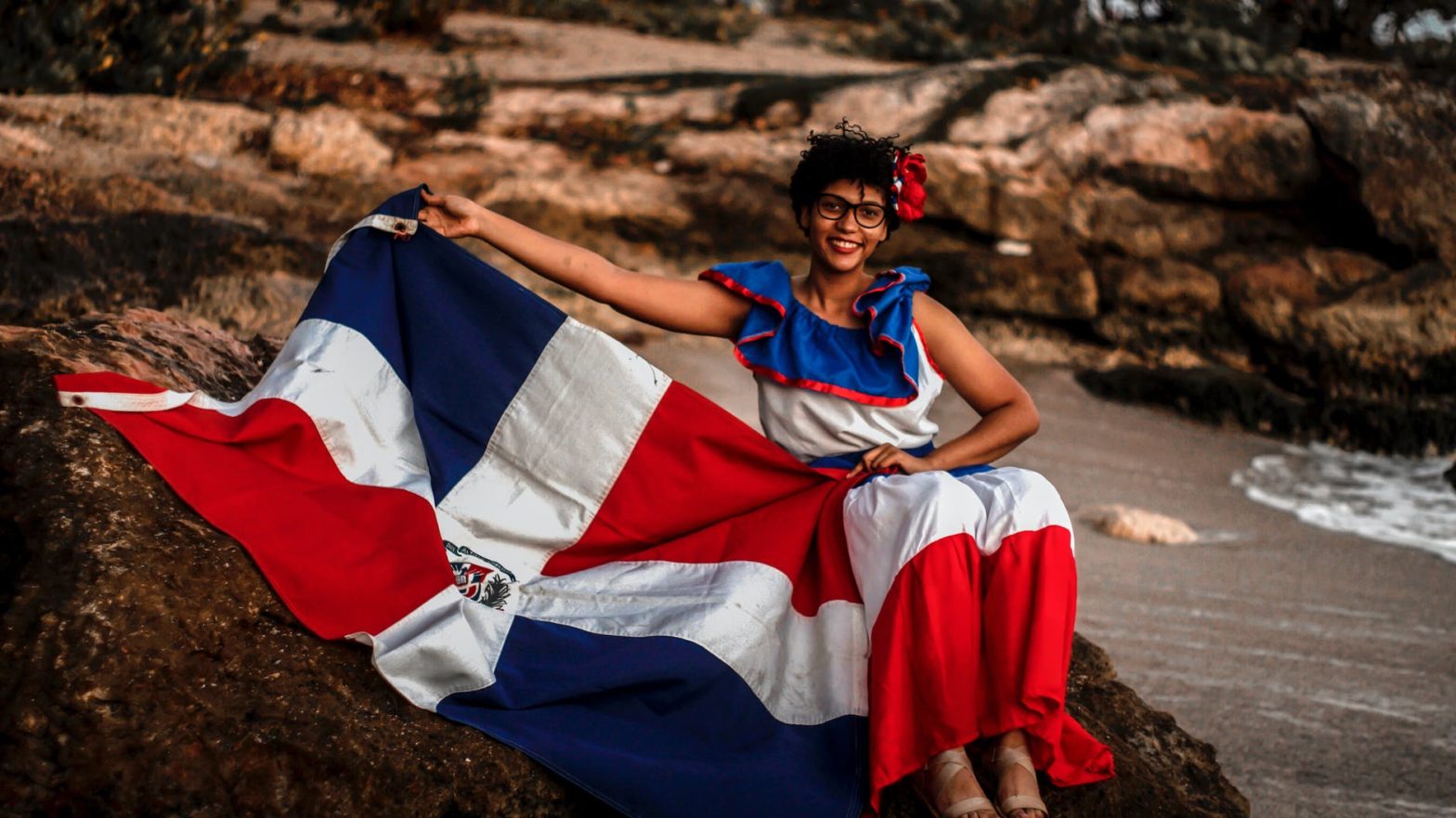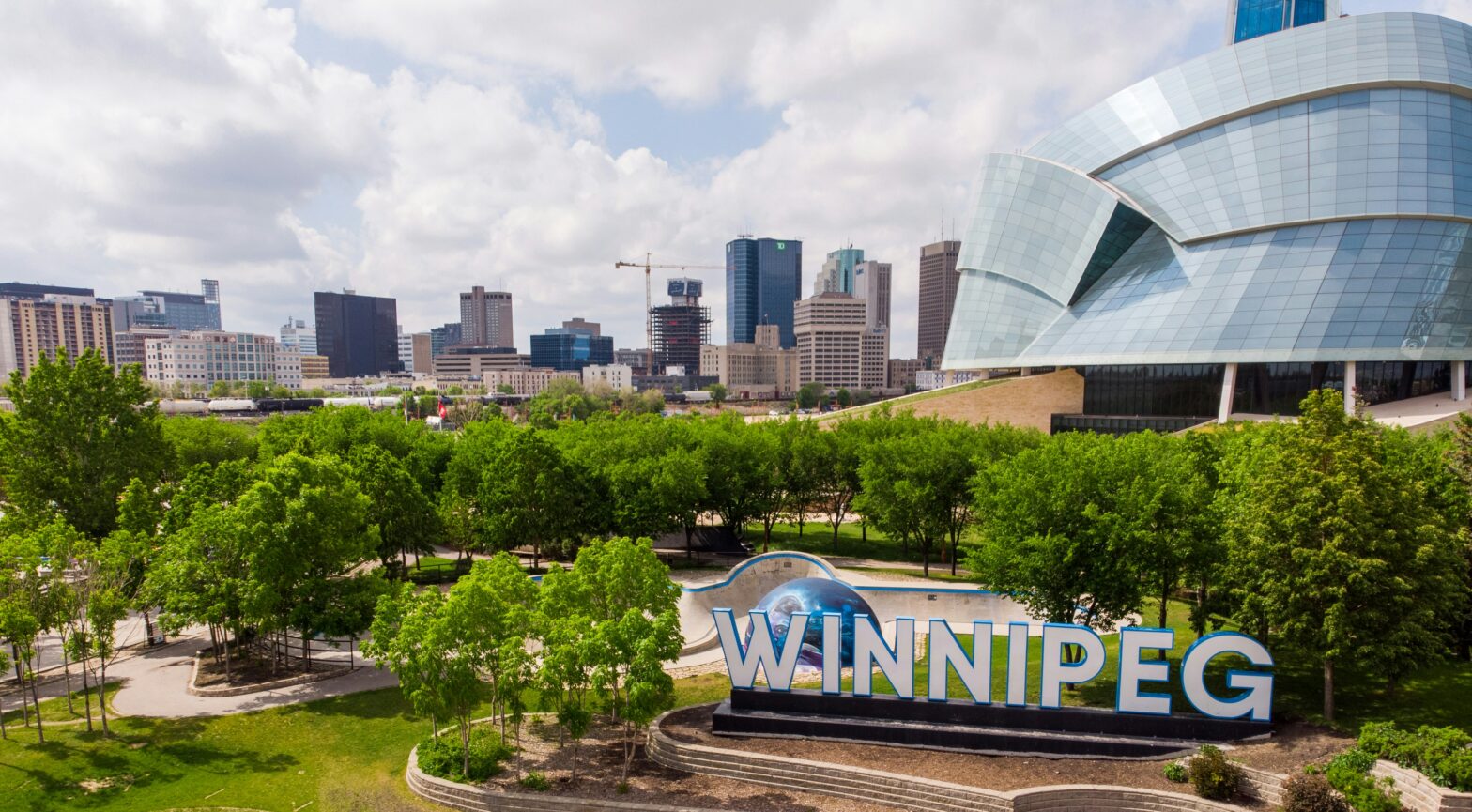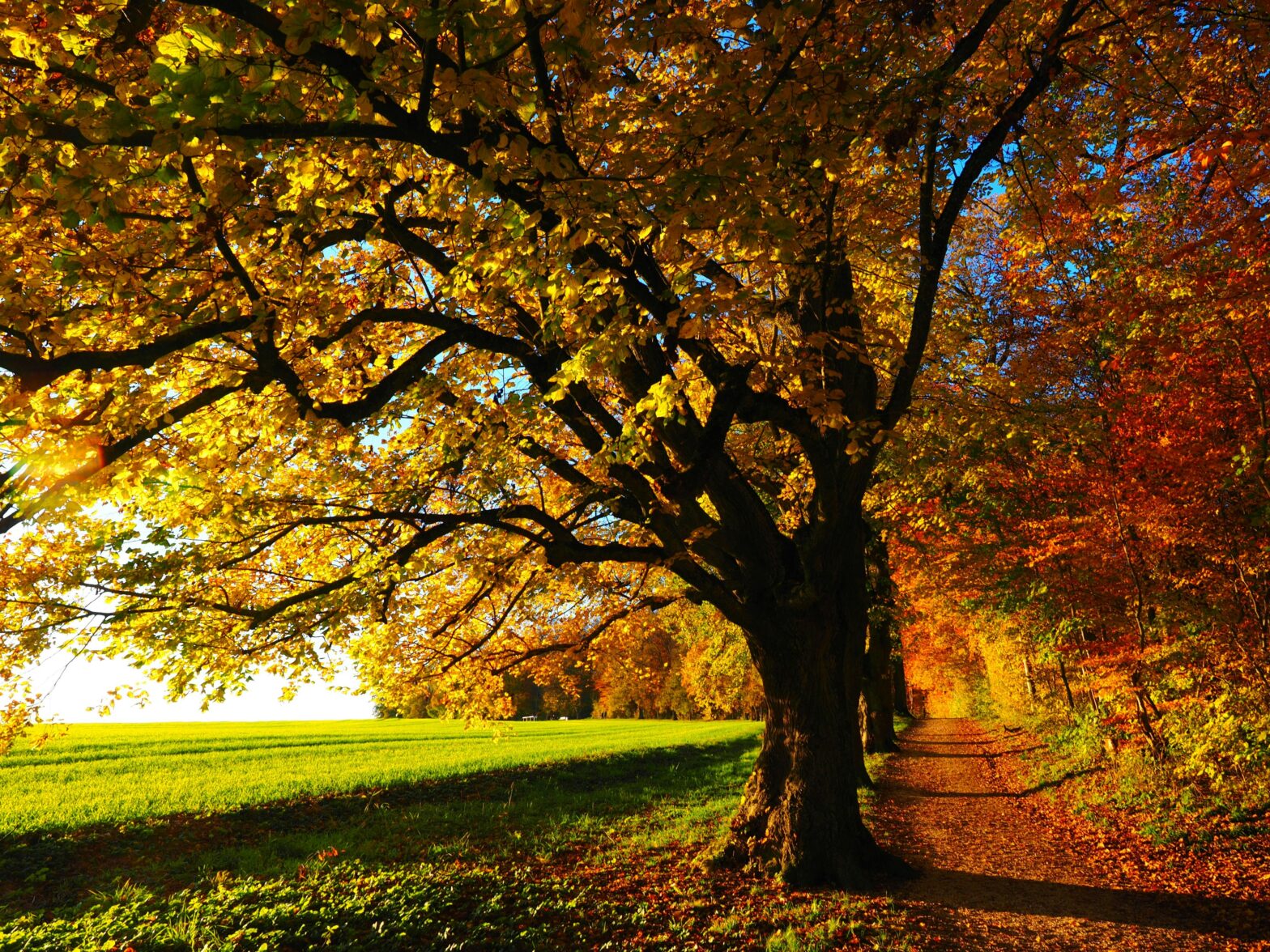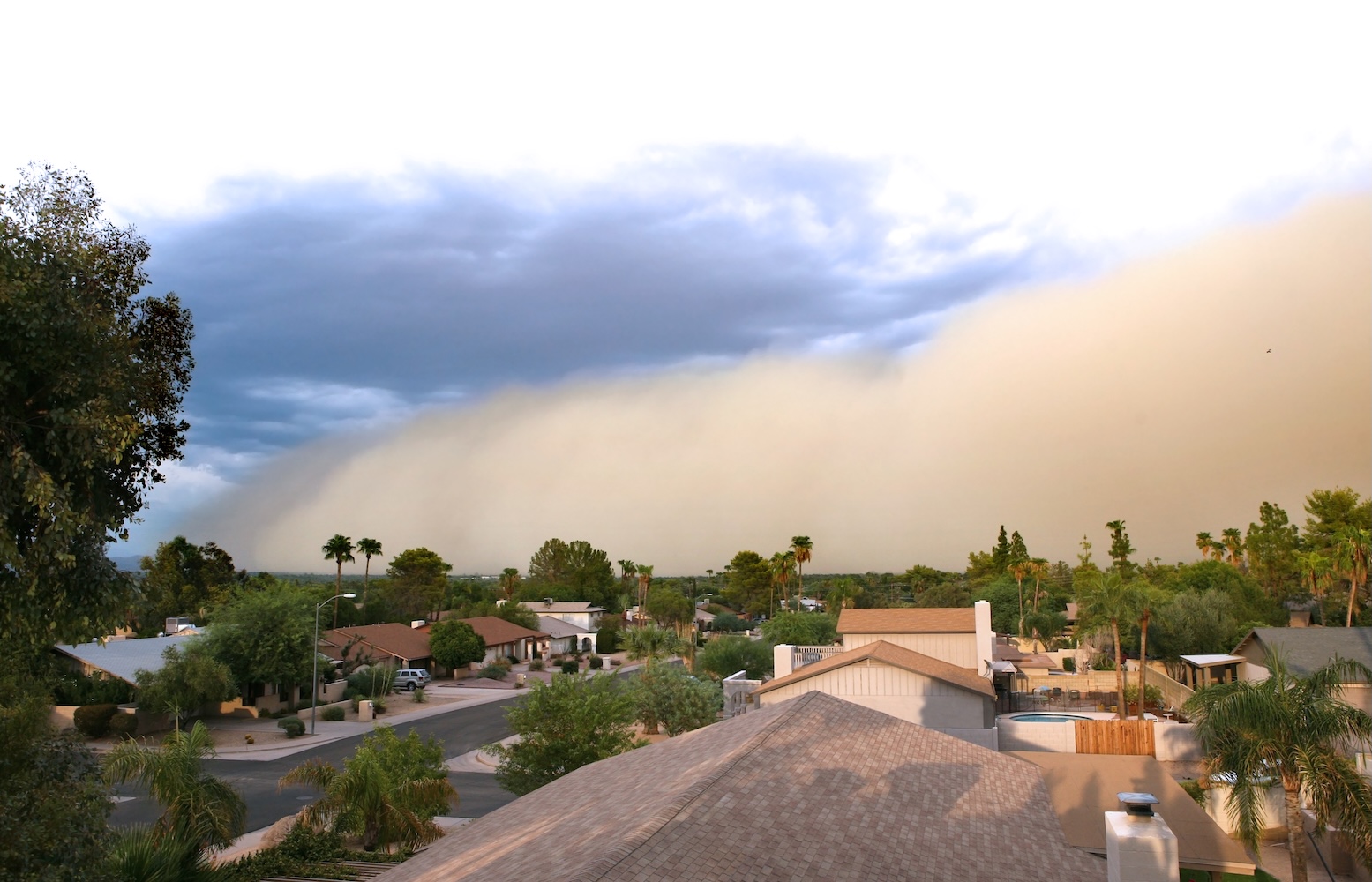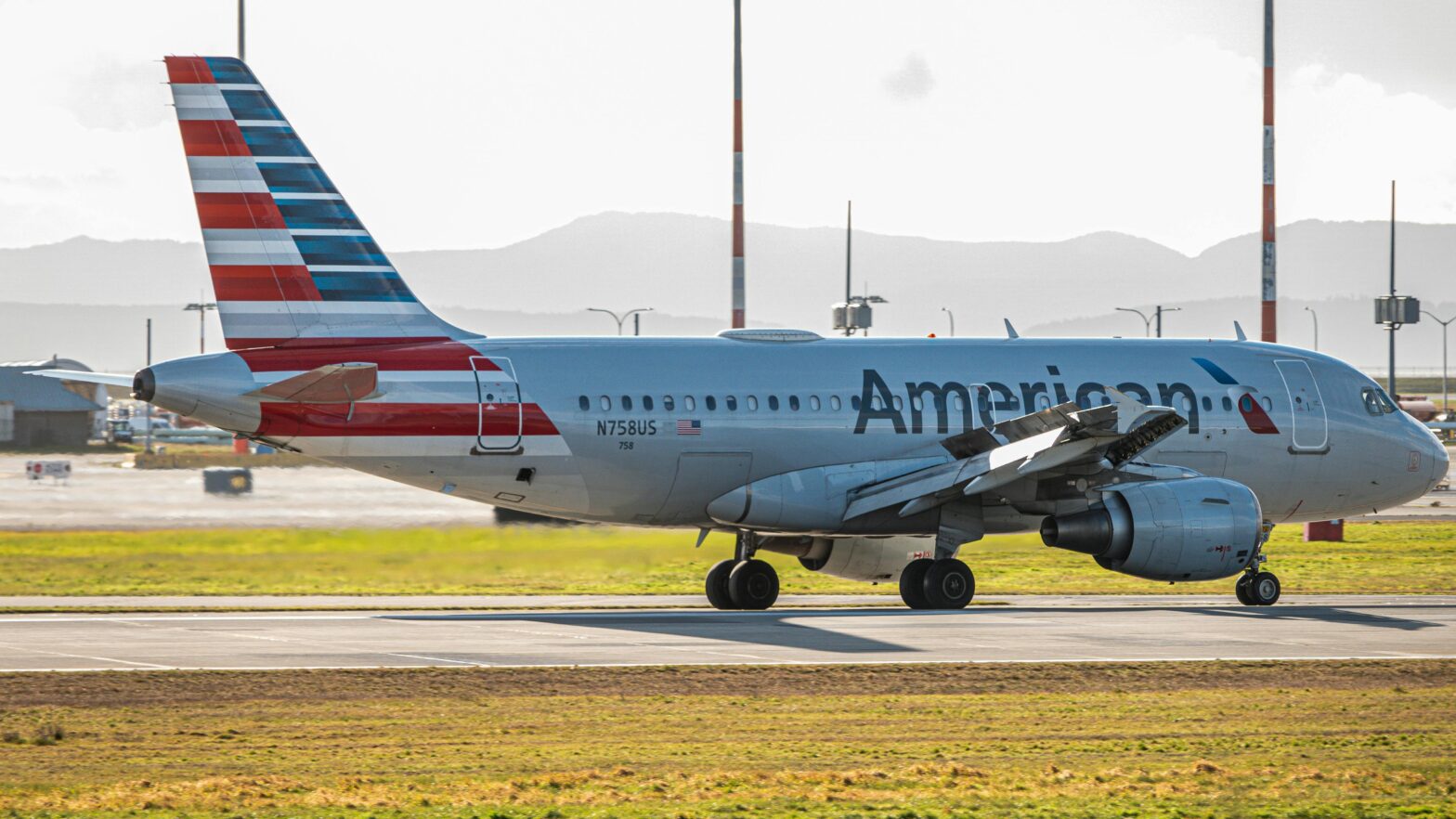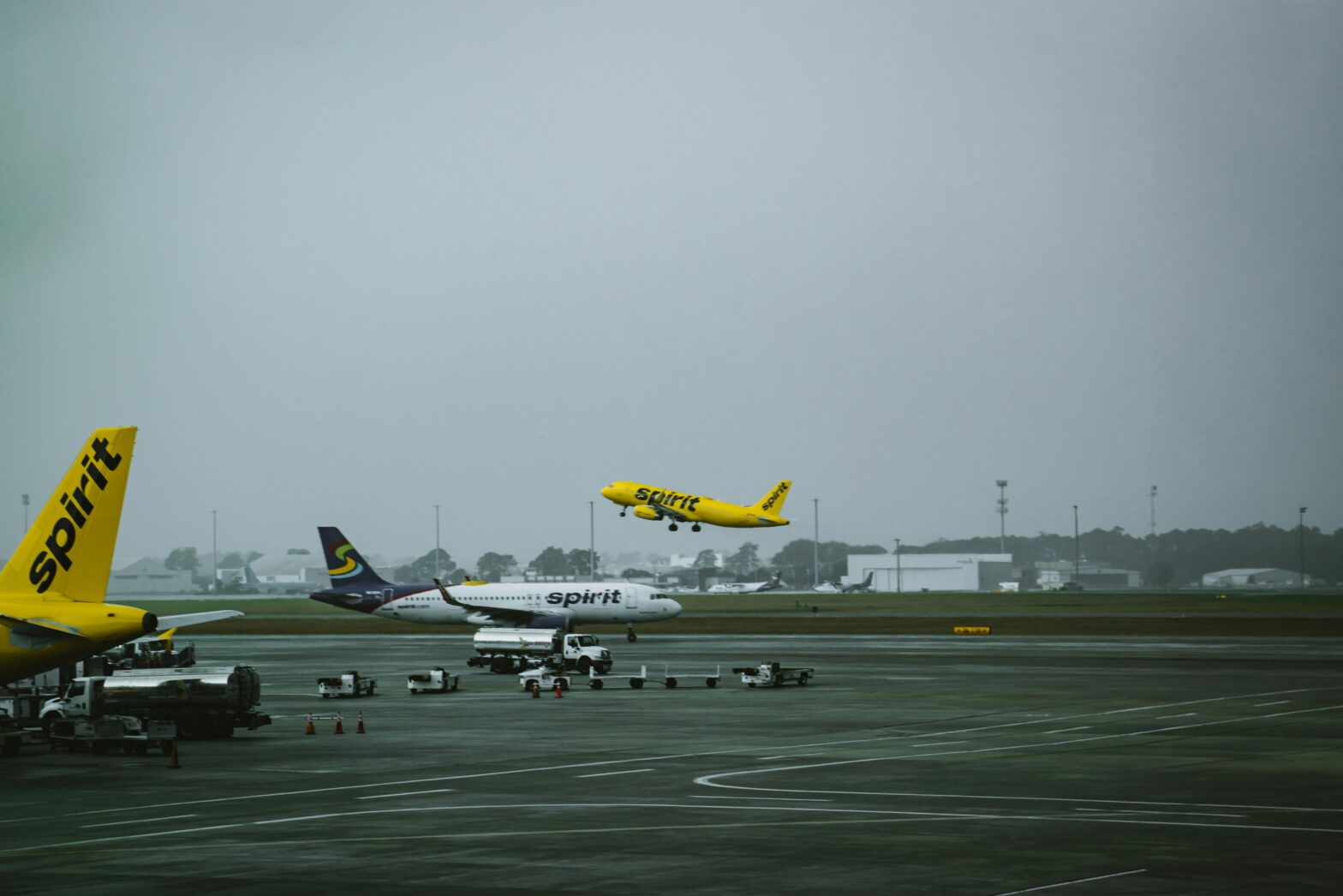Hispaniola, shared by the Dominican Republic and Haiti, is the second-largest island in the Caribbean after Cuba. Like all countries, the Dominican Republic has a multifaceted history to be sure. That history is festive in some ways, and brutal in others, particularly relating to the cruel regime of Rafael Trujillo, and the ongoing, contentious relationship with Haiti.
Aesthetically, there’s no disputing the island’s gems, from long stretches of sandy beach, nature reserves, waterfalls and verdant landscapes. Santo Domingo, the capital, is one of the oldest cities in the Caribbean, and Punta Cana is popular with tourists, offering hotels and five-star villas.
Dominicans themselves are warm, energetic, and passionate people. Whether it’s your first visit, or you’ve been before, they’ll be eager to show you a good time.
Ready to jet? Here are 13 things to remember when visiting the Dominican Republic.
1. The Official Language Is Spanish

A former colony of Spain, the official language of the Dominican Republic is Spanish. It doesn’t hurt to speak it as much as you can, even if it’s minimal. People will appreciate your efforts.
There’s a large population of Dominicans in the South Bronx and Washington Heights in New York. Their accent and manner of speaking is distinct from other Spanish speakers.
As is the case with any language, the Spanish spoken by Dominicans living in New York has its own flavor. Some will drop the “s” at the ends of their words; thus, Gracias a Dios becomes Gracia a Dio.
2. The Dominican Flag Has Particular Meaning
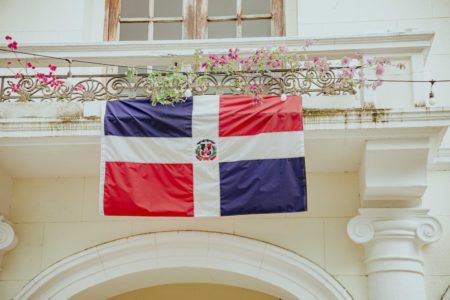
The Dominican flag consists of red and blue, with a white cross and a coat of arms in the middle.
According to World Atlas, red represents the blood of those who fought for independence, white stands for salvation and blue represents liberty.
The coat of arms says Dios, Patria and Libertad, which is God, Homeland, and Liberty.
You’ll see the flag displayed by government buildings, and you’ll find it flying all over on February 27, which is Independence Day.
3. The Capital Is Santo Domingo
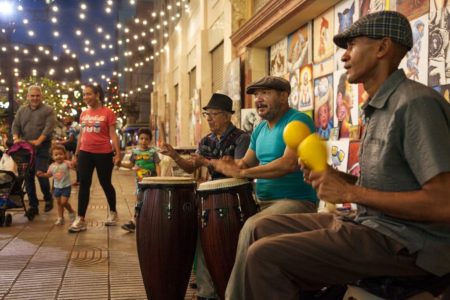
The full name of the Dominican capital is Santo Domingo de Guzmán, the largest city on the island.
According to Dominican Guide, it’s approximately the same size as Havana.
The first Spanish colony in the western hemisphere was established in Santo Domingo in 1496. The Ozama River cuts through it.
There are nods to Santo Domingo’s history and present, from its colonial architecture to its many nightclubs and street vendors.
4. It's Home To Merengue and Bachata

Merengue and Bachata (the music and the dances) originated in the Dominican Republic, and both have African and European influences. This makes sense considering the nation’s history.
Merengue typically has a spirited tempo and entails a march that is basic enough for just about anybody to learn.
For an example of a fast merengue song, check out El Pollo or Yemaya by Amarfis Y La Banda Atakke.
Bachata is very sensual and the majority of the movement occurs from the hips down.
If you go to any nightclub on the island, you’re sure to hear both of these, and other Latin dance and music styles like Salsa and Reggaeton.
5. The Food Is Delicious
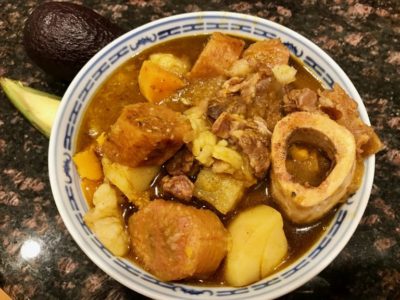
The Caribbean islands use the same ingredients, with different flavor, preparation, and presentation. Dominican food is a fusion of Taíno, African and European influences.
If you’re in the mood for a hearty, meat soup, Sancocho hits the spot. Other Spanish-speaking countries like Puerto Rico have their own version of this popular comfort food.
Mangú, which is mashed plantains, is often served for breakfast, but it can also be a side for any meal of the day.
Other delicacies include Pollo Guisado, La Bandera Dominicana (a popular choice for lunch), mofongo, and tostones.
Got a sweet tooth? Try Habichuelas con Dulce or Bizcocho Dominicano, a delicious cake with a buttery texture and pineapple filling.
If you’re invited to a Dominican wedding, birthday, baby shower, even a funeral, drop the diet and get yourself a slice of that cake. It’s worth it.
6. The Relationship With Haiti Has Been Contentious For Years
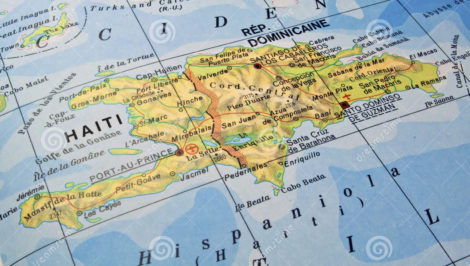
The Dominican Republic and Haiti share a landmass, but they couldn’t be more different as it relates to history, culture, language and infrastructure.
AP News reported that “more than 31,000 people were deported by the Dominican Republic to Haiti this year- more than 12,000 of them in just the past three months.”
Activists note that the deportations have stepped up under Luis Abinader, who was elected as president of the Dominican Republic in August 2020.
So far, President Abinader has “suspended a student-visa program for Haitians, prohibited companies from drawing more than 20% of their workforce from migrant workers and ordered Haitian migrants to register their whereabouts.”
In February, he announced plans to build a fence along the border. He said, “there is not and will never be a Dominican solution to the crisis in Haiti,” and some of those within his administration have callously referred to Haitians fleeing corruption and violence as “invaders.”
7. Family Is Everything

This can’t be stressed enough, and you’ll find this applies to Dominicans on and off the island.
When children grow up and start to find their own way in the world, they remain close with their parents and grandparents.
Similar hospitality is extended to family friends and colleagues. If you are invited to a Dominican home, the hosts will go out of their way to make you feel welcome.
8. Dominicans Leave Their Mark On The US

The people of the Dominican Republic have contributed to multiple industries, including music, acting and sports.
Famous Dominicans (by birth or descent) include David Ortiz, Sammy Sosa, Cardi B, Jharrel Jerome, and Amara La Negra.
Recently, Amara appeared on Red Table Talk to discuss colorism with Gloria Estefan and others. Because of her unmistakably African features, which Amara embraces, colorism has impacted her since she was a child.
9. There Are Some Beautiful Private Villas
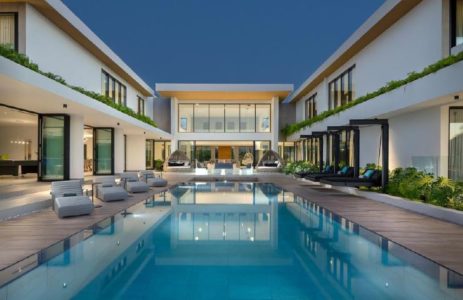
If you’d like to bask in the lap of luxury, high-end villas can be found in the Dominican Republic.
Some are stand-alone properties, while others are connected to resorts.
Not unlike Jamaica and Barbados, these homes come fully staffed. In some cases, meals are included (minus the cost of food) and there might be a complimentary airport transfer.
The styles of villas range from ultra-modern to Caribbean colonial.
10. There Are Developed And Wild Beaches
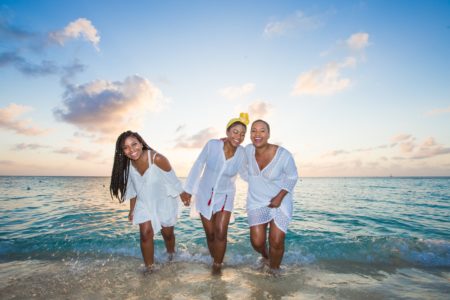
According to Go Dominican Republic, there are over 200 beaches, meaning you won’t get to see them all in one visit.
Bávaro Beach in Punta Cana has all-inclusive resorts, and is known for its soft, white sand and calm waters.
Puerto Plata offers Playa Dorada. According to Planet Wire, there’s “stunning mountain scenery, and clear, turquoise waters.”
Cayo Levantado is a tiny island in Samaná Bay, and you can take a boat to and from the mainland. There are some beautiful beaches here and only one hotel, Bahia Principe.
11. Baseball Is A Popular Sport
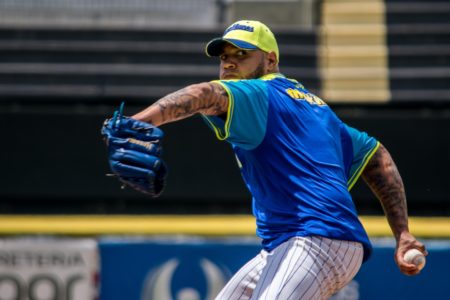
Baseball is a point of pride, and it’s perhaps no coincidence that a number of prominent players in Major League Baseball are Dominican.
The sport is believed to have been introduced to the island by Cubans back in 1886.
Today, the Dominican Professional Baseball League consists of six main teams: Tigres del Licey, Estrellas Orientales, Leones del Escogido, Águilas Cibaeñas, Toros del Este, and Gigantes del Cibao.
12. The Most Popular Dominican Beer Has A Dark History

Presidente is to the Dominican Republic what Red Stripe is to Jamaica, and you’ll find it all over the island. But its origins are unsavory.
According to Uncommon Caribbean, American businessman Charles Wanzer founded a brewery in Santiago, where Presidente was born.
Wanzer named the beer in honor of Rafael Trujillo, who ruled the Dominican Republic with an iron fist from 1930 until his assassination in 1961. He’s considered to be one of the cruelest rulers in modern history.
13. Dominican Carnival Season Is Lively
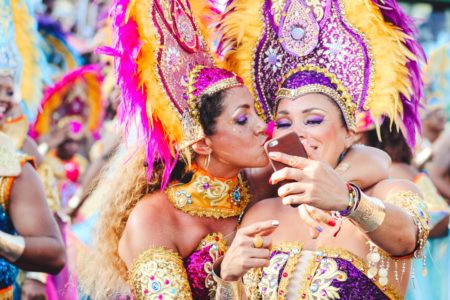
Like other Caribbean islands, carnival is pretty lit here, with colorful costumes, music and dancing that stretch for days.
According to Go Dominican Republic, “the season launches with a vibrant indoor carnival gala show held in Santiago, and culminates with Independence Day celebrations on February 27.”
